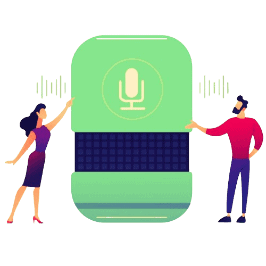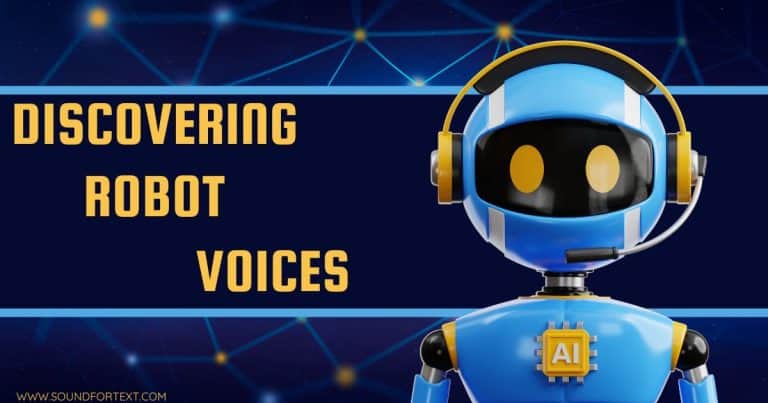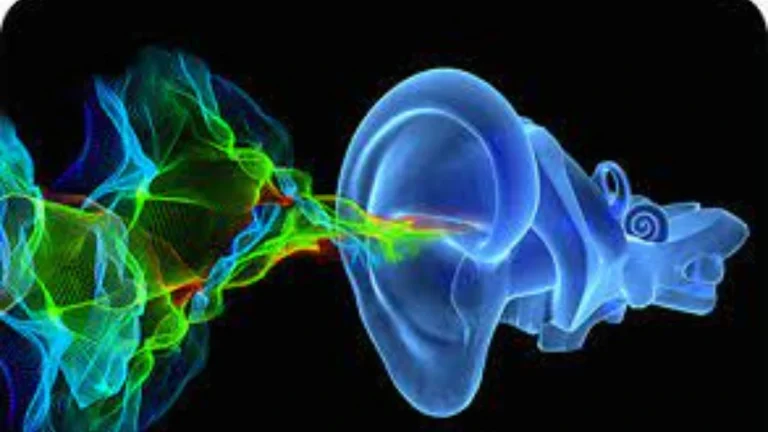Alexa Voice Generator with Free TTS via Alexa Ai Voice
Alexa Voice Generator your very own virtual assistant with an Al generated voice. Powered By the latest technology in Text of Speech synthesis, Alexas’s voice brings a natural and human-like quality to your interactions with her.whether you need information,want to play music,or require assistance with your daily tasks, Alexa is here to help.
Just ask her a question or give her a command,and she’ll respond in an instant.With Alexa’s versatile and intuitive voice,you’ll experience a whole new level of convenience and efficiency.So sit back relax and let Alexa take care of the rest.
Deciphering the Reference of Alexa’s Voice
The reference to the Alexa Voice generator in the given context refers and aims to sound similar to the real refers to the Alexa voice generated by free TTS technology via an Alexa Voice Generator.t implies that the voice is designed to mimic and emulate the voice of Amazon’s virtual assistant,Alexa.
This voice is computer-generated and aims to sound similar to the real Alexa voice generator, providing users with an interactive and natural-surrounding experience.
Understanding the Mechanism Behind the Alexa Voice Generator
The Alexa voice generator is the technology behind Amazon’s virtual assistant,Alexa. It utilizes a combination of natural language processing speech recognition,and text-to- speech(TTS) synthesis to understand user commands and respond in a human-like voice.Here is breakdown of the mechanism behind the Alexa Voice generator.
1 – Wake word Detection
The voice generator constantly listens for a specific wake word, typically ”Alexa”, to activate and start processing user commands. Once the wake word is detected,it signals the start of a user interaction.
2 – Speech Recognition
After the wake word is detected,the technology employs automatic speech recognition (ASR) to convert the user’s spoken command into text.This involves mapping the audio input to a linguistic representation of the spoken words.
3 – Natural Language Understanding
The text output from the speech recognition process is then passed through a natural language understanding (NLU) system. NLU helps extract the user’s intent and entities from the input,enabling the system to understand the meaning and context of the command.
4 – Intent Handling
Based on the intent, the Alexa voice generator determines the appropriate action to take. This could involve answering a query,performing a specific task,or accessing information from the internet or other connected services.
5 – Text-To-Speech Synthesis
Once the appropriate response or action is determined ,the system generates a text-based response. This response is then converted into speech using text-to-speech synthesis (TTS) Technology,which transforms the text into audio waveform that is perceived as human speech.
Optimal Alexa Text-To-Speech Voice Synthesis Solution
ALexa voice generator assistant utilizes a Text-To-Speech(TTS) synthesis solution to convert text into spoken words.The TTS system employed by Alexa aims to provide a natural and human -like voice output.
Here is some information about Alexa’s TTS voice synthesis:
- Neural Text-To-Speech (NTTS)
Alexa uses a state-of-the-art technique called Neural Text-to-Speech synthesis.This approach employs neural networks to generate highly realistic and expressive speech.
- Prosody and Emotion
Alexa’s TTS system can incorporate proper prosody,which refers to the rhythm,stress,and intonation of speech. This enables it to produce natural-sounding and expressive output. or Example,it can convey emotions such as excitement,sympathy,or reassurance through Variations in speech patterns.
- Voice Options
Alexa’s TTS system offers a variety of voice options for users to choose from.These voices can have different qualities,pitches,and accents,providing a range of options to cater to different user preferences and regional requirements.
- Language and Multilingual Support
Alexa’s TTS solution supports multiple languages,enabling the generation of speech in different languages according to user needs. This facilities a more inclusive and global user experience.
- Accessibility Features
Alexa’s voice Generator TTS system includes features designed to enhance accessibility. For users with visual impairments or reading difficulties,the voice synthesis allows for the conversation of text-based content into spoken words,enabling easier consumption of information.
Access Natural Alexa Al voices with Alexa Voice Generators
Alexa Voice Generator Service(AVGS) provides developers with access to a range of pre-built Alexa voices that can be used to enhance their applications.These voices are designed to sound natural and are available in different languages and accents.
However,to access and use these voices, you will need to be a developer and have an understanding of how to integrate them into your application using the AVS SDKs and APIs.You can find more information and documentation about accessing and using Alexa voices on the Amazon Developer websites.
Key Factors of TTS Service
1. Naturalness
The quality of the generated voice and its similarity to human speech.
2. Customization
The ability to adjust parameters like pitch,speed and emphasis to fit your needs.
3. Integration options
Compatibility with your development platform or preferred programming language.
4. Costing
Understand the cost structure,including any free tiers or usage limits.
It’s important to thoroughly review the documentation and terms of service for any TTs service or tool you choose to ensure it meets your specific requirements.
Advanced Deep Neural Networks Empower Alexa’s Enhanced Natural Voices
Amazon’s Alexa voice assistant utilizes advanced deep neural network technology to enhance its natural voice capabilities.
Deep neural networks,specifically in the form of deep learning models such as conventional neural networks (CNNS) and recurrent neural networks (RNNS), are used to train the AI system to recognize and replicate human speech patterns.
Amazon continues to invest in improving Alexa’s voice generator capabilities by leveraging advancements in machine learning and neural network models to deliver an enhanced,natural voice experience. They regularly update and refine their models based on user feedback and ongoing research in the field of natural language processing and text-to-speech synthesis.
It’s important to note that the specific technical details and architecture of Alexa’s neural network models are not publicly disclosed by Amazon.However,their focus on utilizing deep neural networks and Al technologies is evident in the consistent improvement and naturalness of Alexa’s voice generator over time.
Replicate Alexa’s Voice Generator with These Text-To-Speech Tools
If you’re interested in replicating the voice of Alexa or creating a similar natural-sounding voice for your own projects,there are several text-to-speech (TTS) tools available that can help you achieve it.
Here some are popular:
Amazon Polly
Amazon polly is a cloud-based TTS service offered by Amazon web services. It provides a wide range of voices,including both male and female options,with different accents and languages. You can use the service’s Speech synthesis Markup language (SSML) to customize the output and create a more natural-sounding voice.
Google Text-To-Speech
Google Text-To-Speech is a TTS engine developed by Google. IT offers high quality,natural-sounding voices in multiple languages.You can access the services through the Google Text-To-Speech API and customize the speech output using SSML.
Microsoft Azure Text-to-Speech
Microsoft Azure text-to-speech cloud-based TTSservice provided by Microsoft Azure.It offers a wide selection of voices in different languages and accents.The service allows fine-grained control over the speech output using SSML.
IBM Watson Text to Speech
IBM Watson text to Speech is aTTS service available on the IBM Cloud platform. It provides a variety of voices and supports multiple languages.You can use the service’s SSML to add expressions,pauses,and other speech effects to make the voice sound more natural.
These tools offer different features and pricing models,so you can choose the one that best suits your needs.Keep in mind that while these services can generate high quality and natural-sounding voices,they may not be an exact replication of Alexa’s voice generator ,as the specific voice models used by Alexa are proprietary to Amazon.
To generate an Alexa-like voice using free Text-to-Speech (TTS) resources,you can try the following steps:
- Find a free TTS service that offers a variety of voices and supports the synthesis of text into an audio.
- Choose a text into TTs service and select the desired voice.
- Identify an Alexa voice from the available options.
Pros:
1. Cost Effective:
Free TTS services provide voice synthesis without any direct financial burden.
2. Availability:
Many free TTS services offer numerous voice options, including some that sound similar to the Alexa voice.
3. Accessibility:
Anyone can use free TTS services without any specific requirements or limitations.
Cons
1. Limited Quality:
Free TTS services may not offer the same level of audio quality as premium services,resulting in less accurate or less natural-sounding speech.
2. Limited Customization:
Free services may not provide extensive customization options for voice characteristics or intonation.
FAQs-Frequently Asked Questions
What is Alexa Voice Generator service (AL)?
Alexa voice service is a cloud-based service provided by Amazon that allows developers to integrate Alexa’s voice capabilities into their own products or services. It enables devices to incorporate voice,recognition,natural language understanding,and other voice-related functionalities.
How does Alexa listen for its wake word?
Alexa uses a process called acoustic modeling to continually analyze audio for its wake word.The actual wake word detection is done locally on the device itself,so only audio data associated with the wakord is sent to the cloud for further processing.
Can Alexa voice generator learn new skills?
Yes, Alexa can learn new skills through the Alexa skills Kit (ASK), which is a set of tools and resources provided by Amazon to developers can add new capabilities to Alexa,allowing users to interact with a wide variety of services and applications.
Conclusion
In conclusion,while you can find various text-to-speech generators and services online,it’s important to using agreements and always ensure that you have the appropriate permissions when creating and using synthetic voices for any purpose.




I am very Empress your Website Structure
very Informatic and useful Information Your blog
i like it
keep it up
Alexa Finder